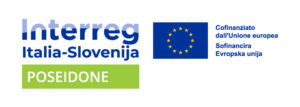POSEIDONE – Promotion of green and blue infrastructures dedicated to a new environment
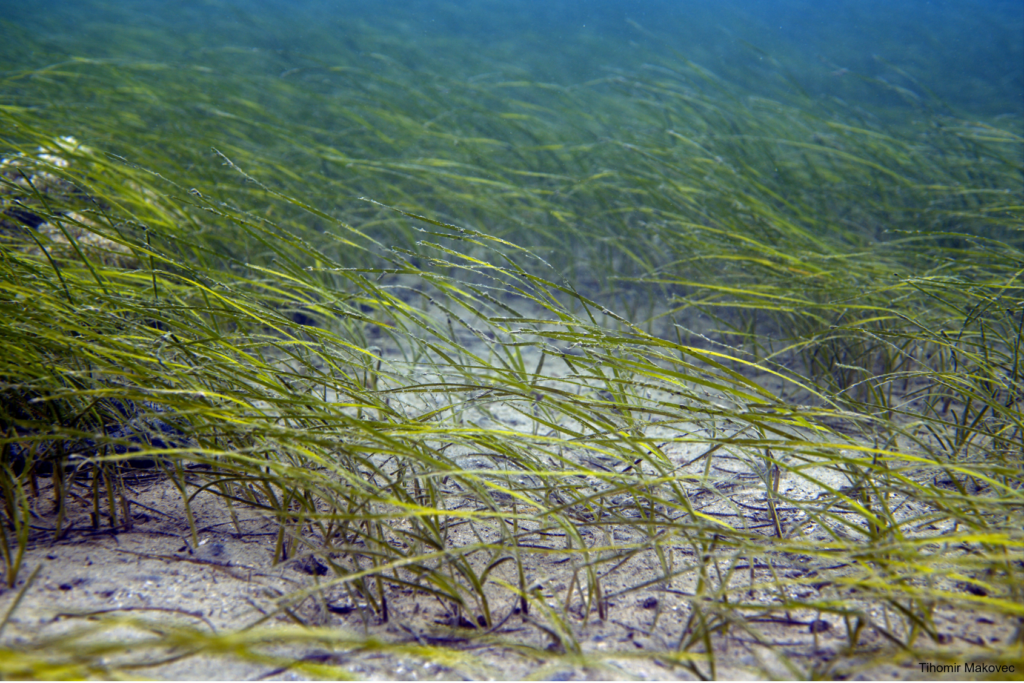
Programme: Interreg Italija-Slovenija
Duration of the project: 1. 1. 2023 – 1. 1. 2026
Lead partner: VEGAL (Agenzia di sviluppo del Veneto Orientale)
Partners:
- Region Veneto
- Consortium of Bonifica Veneto Orientale
- Consortium for Coordination of Research Activities concerning the Venice Lagoon System – CORILA
- Municipality of Staranzano –Management body of Isonzo Rivermouth Nature Reserve
- WWF Italy Foundation
- Regional Development Centre Koper
- Public Institute Landscape Park Strunjan
- Bird Watching and Bird Study Association of Slovenia – DOPPS (BirdLife Slovenia)
- Municipality of Ankaran
- Science and Research Centre Koper – ZRS Koper
- Chamber of Agriculture and Forestry of Slovenia Institute of Agriculture and Forestry Nova Gorica
Website of the project: https://www.ita-slo.eu/sl/poseidone
Website of the program: https://www.ita-slo.eu/sl
The project is based on the policy of a greener Europe without CO2 emissions, which includes the protection and conservation of biodiversity and the creation of green and blue infrastructures to combat climate change. The project aims to implement activities to conserve and promote biodiversity, create green and blue infrastructures, and set up tools for sustainable tourism planning and the protection of natural and cultural landscapes.
The project takes place in the area of the northern Adriatic between Chioggia and the Slovenian coast. The total budget of the project amounts to € 4.375.000,00 and it is co-financed by the European Regional Development Fund under the Interreg Italy – Slovenia programme of the European Union. The project value for the Strunjan Landscape Park is € 312.000.
Project activities
In the framework of the project, populations of selected species and habitats in the North Adriatic region were monitored, which gave insights into their conservation status in the cross-border area. The project provided training for students from Slovenian and Italian universities in a ressearch vessel Goletta verde, in order to acquire knowledge about the innovative technologies for monitoring marine biodiversity.
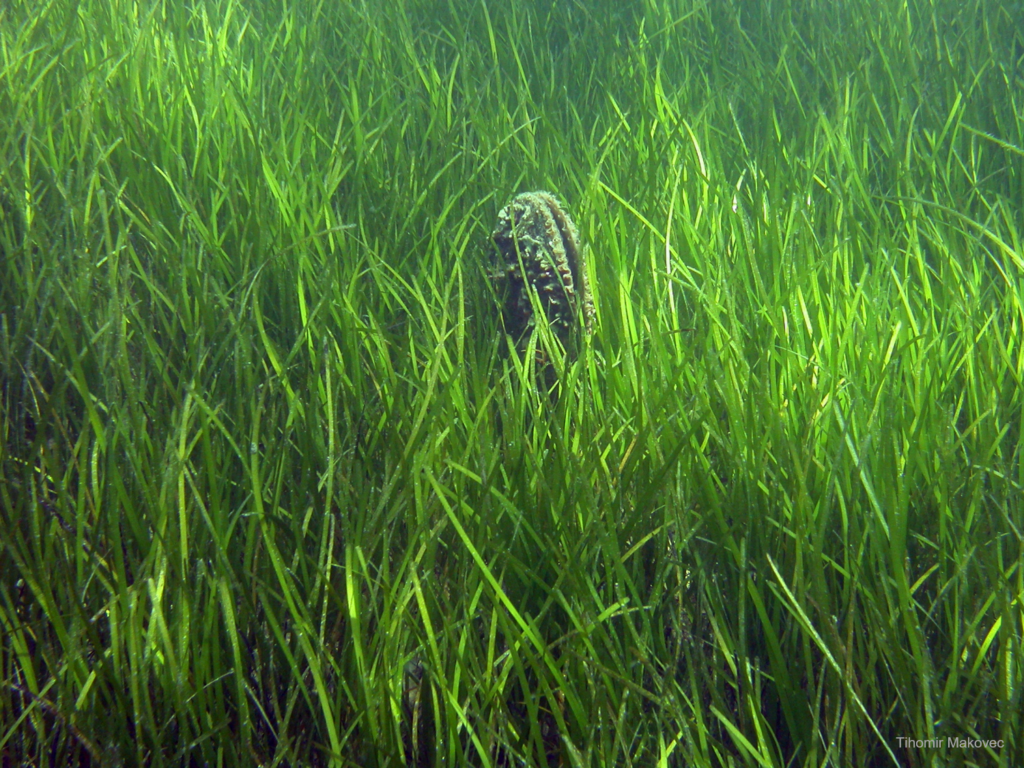
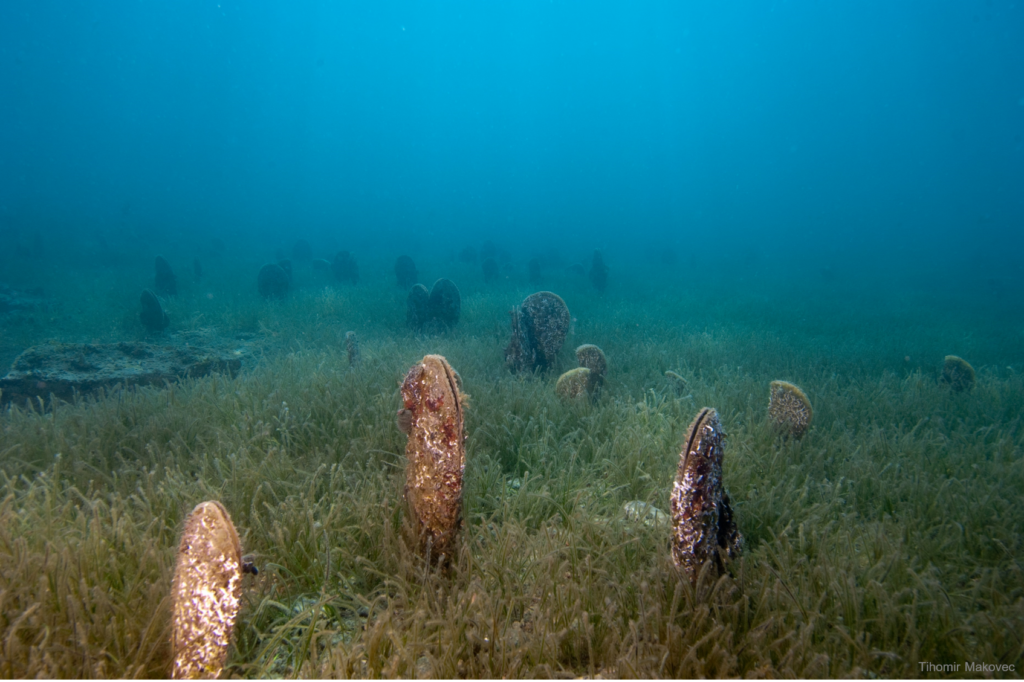
In order to move towards more sustainable tourism, monitoring of anchored vessels in the park was carried out and methodologies for evaluating touristic pressures applied. Since landscape park Strunjan is the longest stretch of natural coastline in the gulf of Trieste and one of the most visited areas on the Slovenian coast, visitor counters were installed at important hotspots in order to quantify the touristic pressures. An evaluation of main threats to the marine environment was produced in cooperation with other protected areas and research institutions in the project region. Workshops for children were organised and various clean-up actions with the cooperation of the local NGO-s.
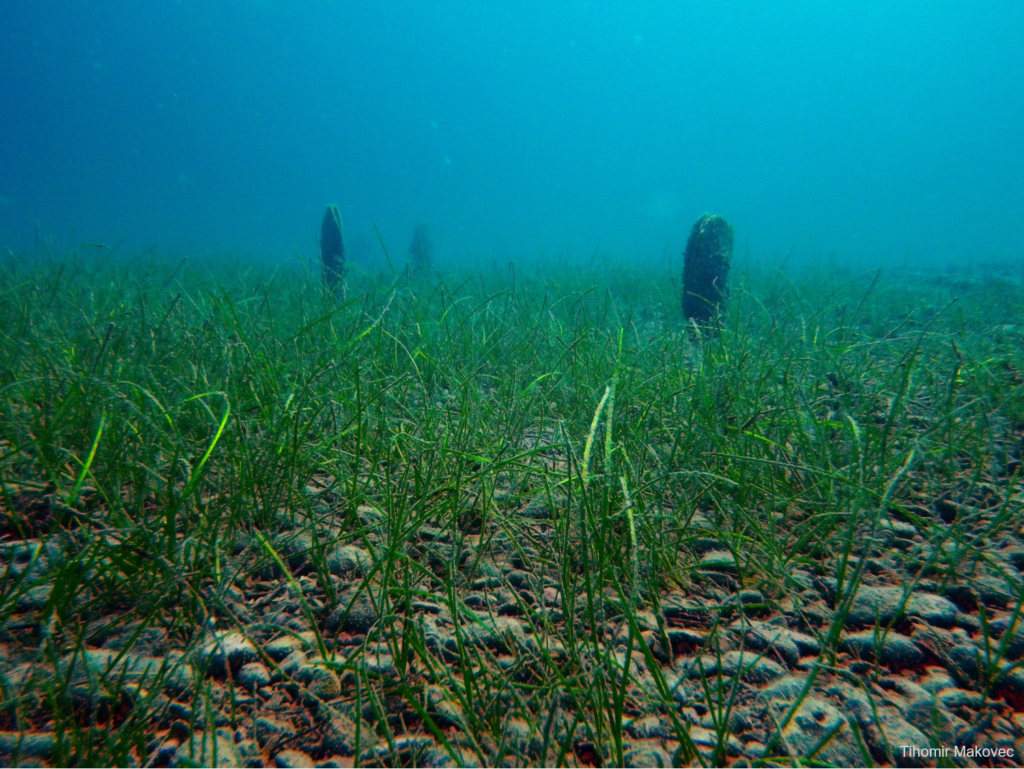
A bigger investment in the area of the park was the renovation of the dry stone house called “kažeta“, which is a characteristic element of the cultural heritage. These stone houses, together with other dry-walled buildings and their surroundings, present green infrastructure, playing an important role of providing habitat for many species of flora and fauna, and contributing to the preservation of biodiversity. During the project, a public workships about the maintainence of such structures was carried out. In cooperation with the Slovenian Chamber of Agriculture and the Koper Scientific Research Centre, several activites were implemented and guidelines to promote sustainable agriculture and conservation of indigenous varieties in protected areas were developed.
The project included reinforced surveillance of compliance with the rules in the marine area of the park. In order to raise awareness about the ecosystem services and rich biodiversity of coastal areas, short movies were produced.
More about the project activities:



